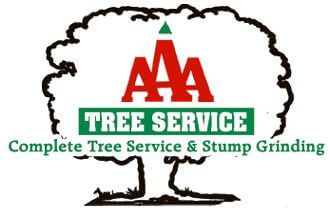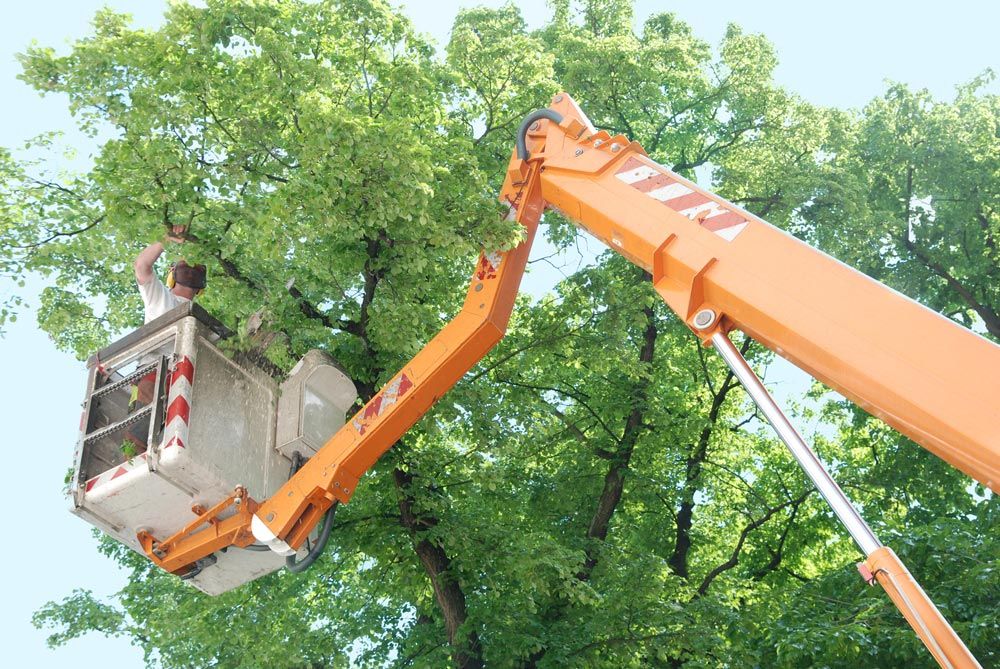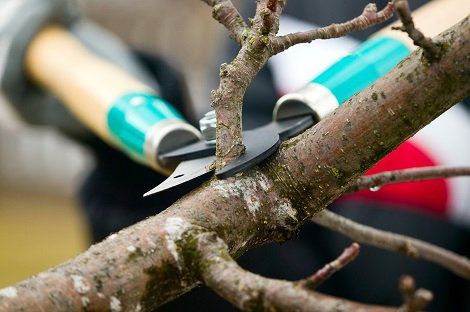Mulch Management: The Secret to Healthy Landscape Trees
ulch isn't just for flower beds and vegetable gardens. It is also quite beneficial for your landscaping trees. It can help prevent moisture loss, suppress weeds, and insulate against temperature fluctuations - all functions that can lead to healthier trees.
Types of Mulch
There are a few mulch types that work well with landscape trees, including those made from organic materials as well as rock mulches.
Wood Chips
For a good general-purpose mulch that can be used around any type of tree, look no further than wood chips. Wood chips are also sometimes labeled as bark nuggets or shredded wood, but all are similar enough to be interchangeable in the landscape.
Not only are wood chips cost-effective and readily available, but they also are long-lasting. They will slowly decompose, which means the nutrients trapped in the mulch are released into the soil, where they can benefit your tree.
Pine Straw
Pine straw isn't a true straw, but the collected dead needles from long-needled pine tree varieties. Needle shed happens annually on these trees. The needles are collected and dried before being sold as mulch.
Much like wood chips, pine straw is long-lasting and benefits the soil as it decomposes. One thing to keep in mind, though, is that pine straw is slightly acidic, which can lead to more acidic soil conditions. Not all trees grow well in acidic soils. For this reason, pine straw is most often used to mulch conifers and other acid-loving tree varieties.
Rock
The appeal of rock mulch is that it is a permanent solution that never needs to be replaced or replenished, since it won't decompose like an organic mulch. Rock mulch comes in a huge range of stone sizes, shapes, and colors, so it's simple to find something that complements your landscaping.
Rock mulch will help prevent moisture loss from evaporation and will protect against weed growth around a tree, but it doesn't improve the soil conditions. It's most often used around trees that thrive in drier soil conditions, since moisture drains out of rock mulched beds more quickly and the rocks tend to absorb more heat.
Application Tips
Once you know what type of mulch you want, the next step is to have it properly applied. There are a few guidelines that your tree service will follow.
Depth
Applying mulch in an overly thick layer can lead to rot problems along the trunk, while a shallow mulch layer doesn't achieve the purposes of retaining soil moisture or suppressing weeds.
An ideal depth for the mulch layer is between 2 and 4 inches, spread in an even layer over the main root zone of the tree. Avoid "mulch volcanoes," which is a term used to describe a cone-shaped pile of mulch that peaks at more than 4 inches deep around the trunk. Mulch should never be in direct contact with the trunk, so make sure there is about a 5-inch gap between mulch and tree.
Frequency
Organic mulch does require periodic replenishment to maintain the desired depth as the lower layers begin to decompose. How often the mulch needs replenished depends on the material and environmental conditions. Softwood mulch in a damp climate, for example, will decompose more quickly than hardwood mulch in a dry climate.
Generally, mulch is replenished in spring, fall, or both. Spring replenishment ensures you have attractive mulch going into summer, plus sufficient mulch to suppress weeds. Fall application means there is sufficient depth to insulate the soil against frost heave when going into winter. This is especially important for younger trees who have small roots that can be prone to frost heave damage.
Contact AAA Tree Service if you would like more help caring for and maintaining your landscape trees.


